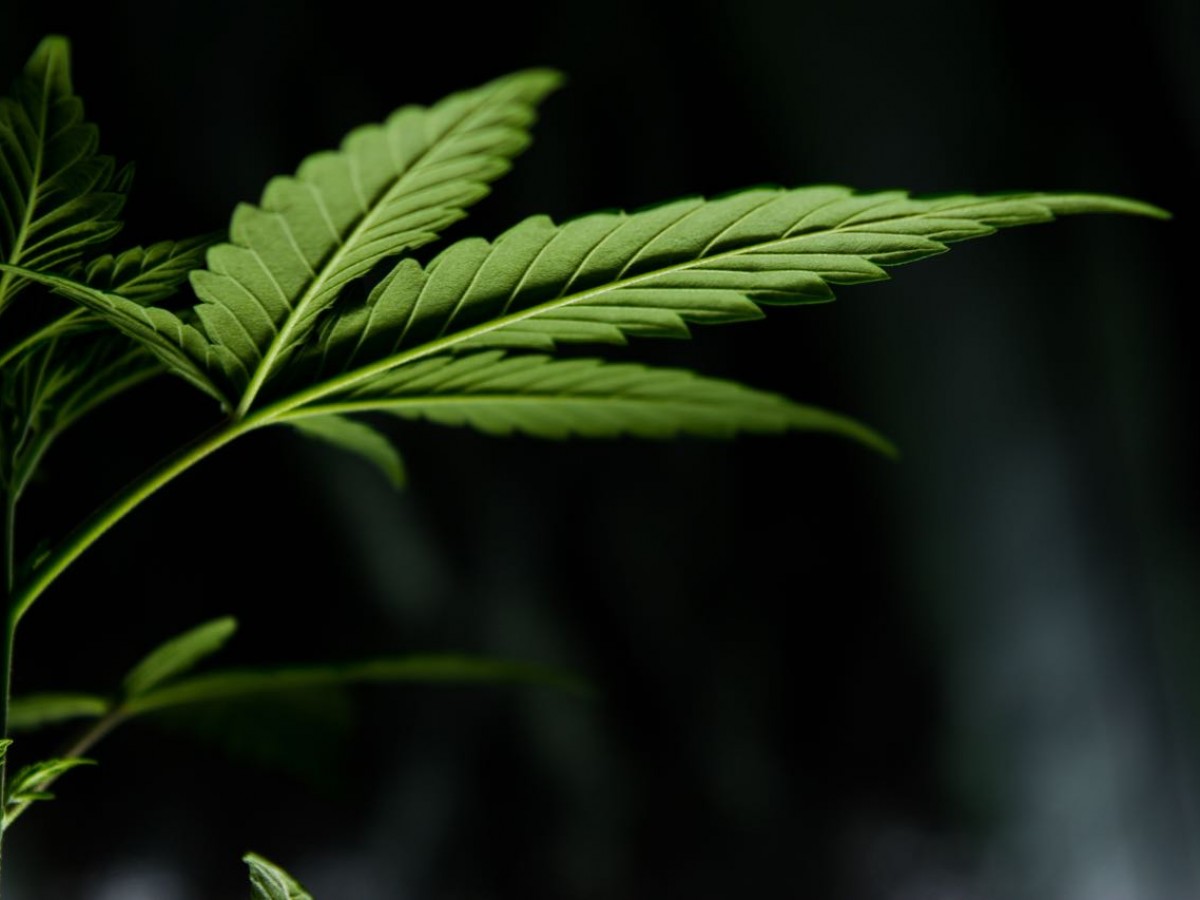CBD Oil and Lyme Disease: A New Treatment for Pain?
The amount of chronic pain I've experienced in the wake of Lyme Disease is astounding—astounding and debilitating—mostly as it relates to disrupted sleep.
As a former pain management specialist, I find this ironic. Karmic even. It's as if I sold my practice only to become one of my patients.
Now if you've been following my work since last summer, you know I've tried a lot of different treatments—from narcotics, to steroids, to acetaminophen, to NSAIDS (all bad for me, all with bad side effects). Then I tried multiple injections, Low-Dose Naltrexone, teas, tinctures, and other botanical treatments (all with short-term relief, no-relief, horrific expense, or bad side-effects).
So for the last two weeks I've been experimenting with cannabidiol (CBD oil). So far, so good. I have only had to take Motrin twice in the middle of the night since starting a regimen of 20 mg CBD each evening.
I remain cautiously optimistic.
The cannabidiol I use is a supercritical CO2 extraction from hemp aerial plant parts. It contains essentially no THC, so this is not some form of pot, thank you very much. (THC-Free cannabidiol is legal in all 50 states.)
I got the idea of trying CBD from my colleague, Dr. Bill Rawls. He wrote what has become my new favorite book on Lyme Disease: Unlocking Lyme.
He states:
The fact that CBD has the potential to relieve pain without causing euphoria or intoxication makes it interesting from a medicinal point of view. In fact, CBD-rich cannabis may be the ideal option for acute management of pain and sleep dysfunction associated with Lyme disease and fibromyalgia. —William Rawls, MD.
CBD is just one of 113 cannabinoid compounds that can be isolated from cannabis. How it works is still being elucidated. But we do know it modulates both CB1 and CB2 receptors throughout the body, which makes it good for both neuropathic pain and inflammatory pain (it decreases the cytokine storm of Lyme Disease, for example).
But it also appears to have more subtle effects, like modulating the serotonin system (via the 5-HT1A receptor), thus decreasing the anxiety associated with chronic pain.
This is important. Because, as any chronic pain sufferer will tell you, anxiety is what happens when you feel trapped inside a body that won't stop torturing you. It's like claustrophobia, only worse—because you're not just stuck in a closet, you're stuck in a closet with needles and spikes.
In my case, I couldn't even breathe without pain due to intercostal inflammation. So the anxiolytic effects of CBD have been especially helpful.
We'll see how this goes. It remains to be seen whether or not this treatment will stop working for me over time (tachyphylaxis). I'll keep you posted. For now, I find it interesting and promising.
As always, check with your doctor before trying anything new like CBD oil. These are natural substances, but they are also powerful medicines, which may interact with other medicines.
12 Weeks Later...
Okay here's a quick update.
I did have to increase my CBD dose over time to get the same results...all the way up to 60 mg. So there does appear to be some potential for tachyphylaxis here. CBD is expensive at this dose so I'm less enthusiastic about it now than I was at first. But it IS helpful.
For me, CBD is an adjunctive treatment. That means it is something I use in addition to physical modalities like sauna, contrast baths, and electrical stimulation, and physical practices like yoga, shoulder range of motion, and gentle strengthening with resistance bands, as well as mindfulness practices like meditation, breathwork, and gratitude poetry, AND resilience training like reframing, refocusing on growth, affirmations, etc.
I'm also pursuing an injection strategy for the body part with the most structural damage: my left shoulder.
What I'm trying to say is this: I doubt whether CBD would be a stand-alone treatment for people with severe pain. But it may help them avoid having to resort to opioids if they are committed to a program of total wellness, including mindfulness, modalities, mobility exercises, procedures, and a willingness to remodel their inner narrative—to believe they can get better. To believe—dare I say it—that they can feel amazing again. That’s what I’m going for.
References:
-
Fine, P. G., & Rosenfeld, M. J. (2013). The Endocannabinoid System, Cannabinoids, and Pain. Rambam Maimonides Medical Journal, 4(4), e0022. http://doi.org/10.5041/RMMJ.10129
-
Rawls, William (2017). Unlocking Lyme: Myths, Truths, and Practical Solutions for Chronic Lyme Disease (Kindle Locations 3101-3102). FirstDoNoHarm Publishing. Kindle Edition.
-
Cover Photo by Esteban Lopez on Unsplash
